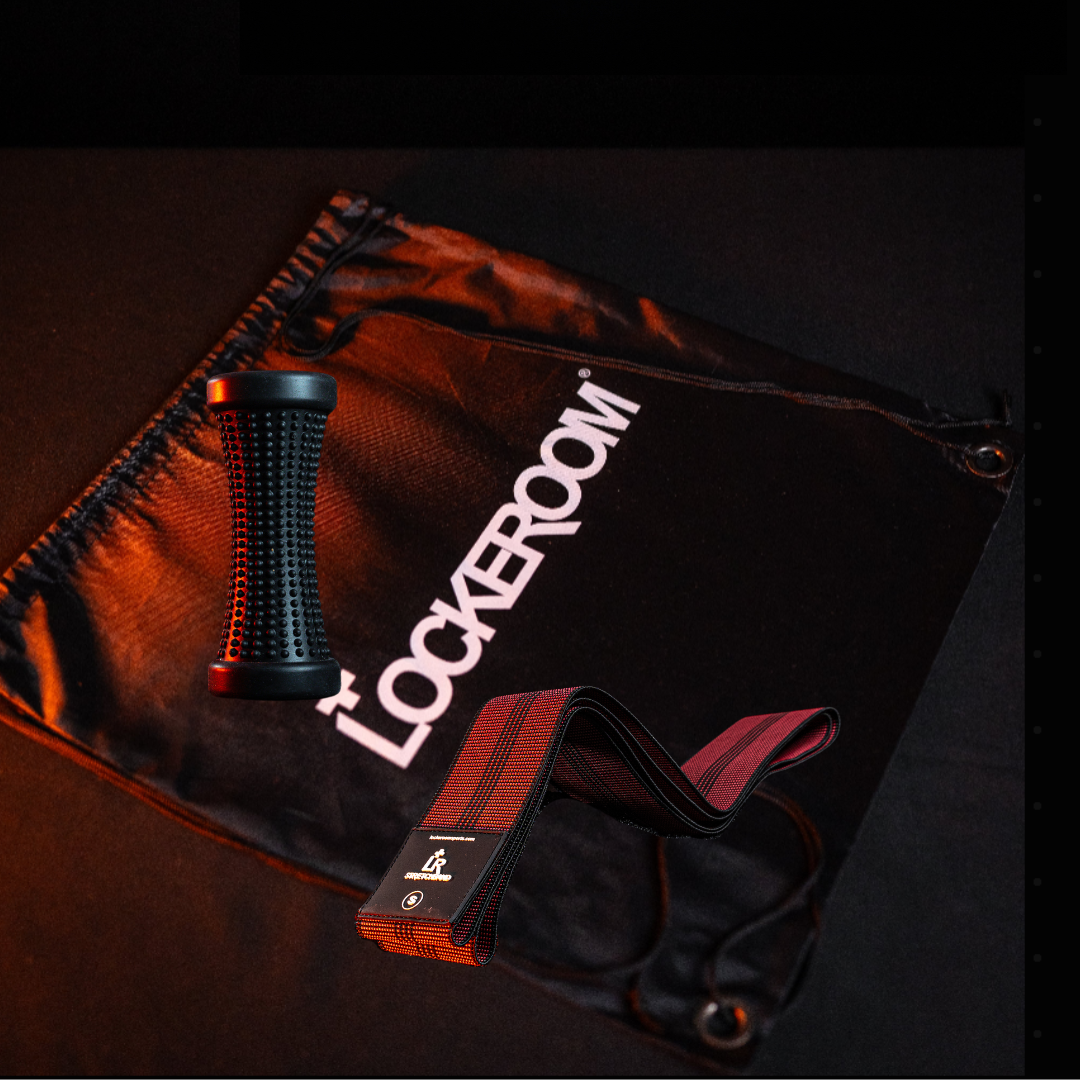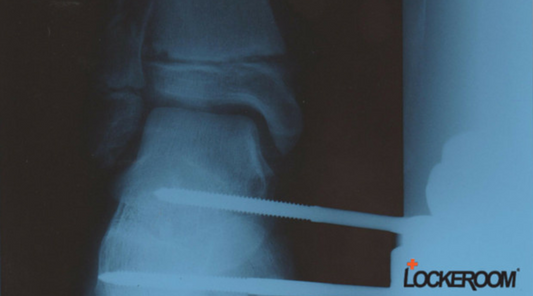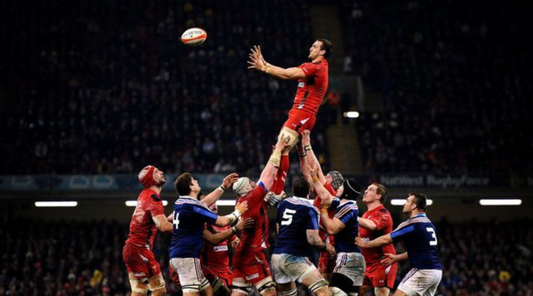
Q&A with Cam
Learn what might be behind your symptoms
Who is most likely to get a calf injury?
Medial or lateral gastrocnemius strains or musculo-tendon strains are common among runners, jumpers, and other sports people such as tennis players. It is not uncommon in the clinic to have patients mention that they have recently returned to or started a running activity that involves acceleration and deceleration. This indicates possibly poor conditioning and higher likelihood of soft tissue injury. Treatment includes ice, compression, and light, pain-free active exercises to manage swelling and support recovery.
Start by resting from all activities that aggravate the pain. Apply ice mate and compression sleeves immediately, along with some elevation, to reduce swelling and manage pain. Begin light active exercises within your pain tolerance as soon as possible using a power band to maintain mobility. Assisted stretching with a stretch band should also be initiated to enhance flexibility and support recovery.
Why is so important that I improve calf flexibility and strength?
Strengthening your calf muscles will have many benefits
These benefits include improved ankle strength and stability (balance) Stronger calves will enhance running and sprinting performance, particularly acceleration and deceleration. It will assist in the reduction of ankle injury and falls prevention. You will be able to jump higher.
From a general health perspective, your calf muscles play a vital role in pumping blood out of your leg and back to your heart, eliminating toxins through the lungs, kidneys, and liver.
What will improving my ankle range help me do?
Improving ankle range of motion (ROM), specifically dorsiflexion, will offer several significant benefits to how you move.
When you have good dorsiflexion range, your foot is able to absorb more shock when you land, which can help to protect you from injuries, such as with runners who can be prone to injuries such as shin splints, runner's knee, and plantar fasciitis.
Running efficiency will also improve as will speed in acceleration and deceleration and abilities in jumping and landing.
My calf just ‘popped’ What have I done?
Most likely you have suffered a high grade calf injury.
This is mostly likely to be to your medial gastrocnemius. Make sure it’s NOT your achilles by seeing an injury specialist for an accurate diagnosis.
Accurate grading of muscle strains is then crucial for effective management and recovery. Partial muscle tears may present with a visible divot or hole in the muscle and are often accompanied by a sudden ‘pop’ sensation. These injuries typically result in immediate activity cessation, and the person may become non-weight bearing, requiring crutches or using a boot to manage pain. Immediate treatment involves applying ice and compression with an Ice Mate, followed by starting gentle, pain-free active exercises including light painfree stretches with a Stretchband and strengthening powerband exercises, as guided.
How long will this take to be back to normal after a calf injury?
The return to play timeline for calf muscle injuries varies based on the injury's severity.
High-grade strains or tears, which involve significant muscle damage, typically require 6 to 12 weeks for recovery.
Low-grade strains, characterized by minor muscle damage, generally heal within 2 to 4 weeks.
Injuries involving the tendon, such as Achilles tendon injuries, often necessitate a longer recovery period of 4 to 12 weeks or more.
A comprehensive rehabilitation plan and consultation with a healthcare professional are essential for a safe return to activity.















